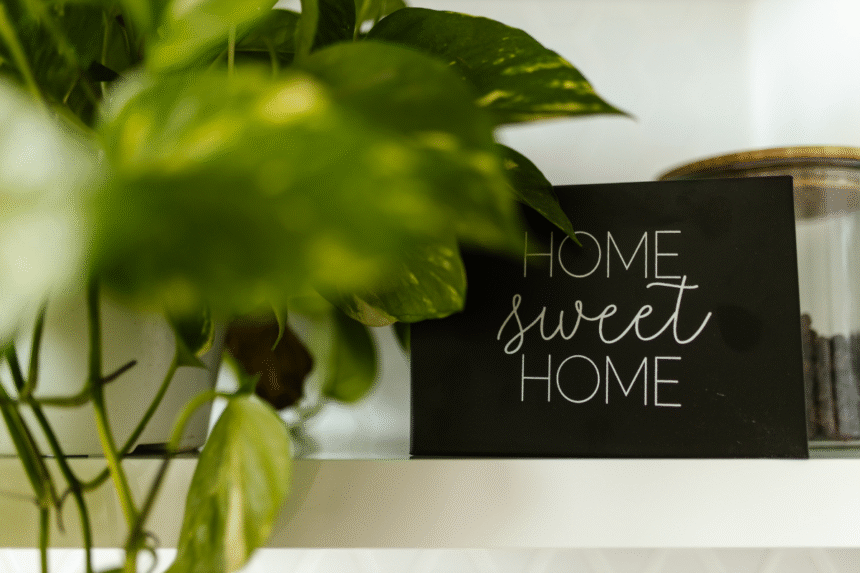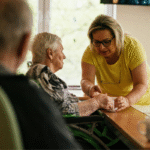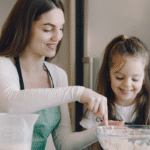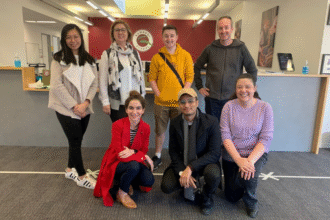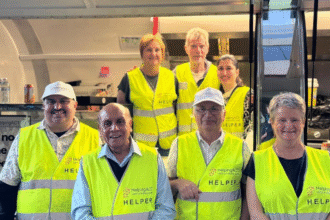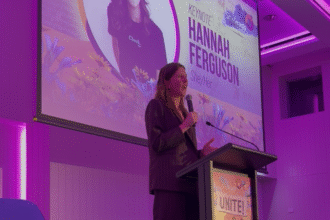When we think of home, we think of safety. A place where we can lock the door, exhale, and know that what we treasure is protected. Yet for many Canberrans, the impact of property crime has shattered that sense of security.
For 18 years, the SafeHome program has been quietly helping people pick up the pieces, not just by fixing locks or installing security devices, but by restoring peace of mind.
Canberra is often celebrated as Australia’s safest capital city, and while our rates of property crime are relatively low, no community is immune. For someone already vulnerable, an older person, a person with disability, someone rebuilding after domestic violence, or a family recovering from trauma, the experience can be devastating.
SafeHome steps in at this moment. Delivered by SupportLink and funded by the ACT Government, the program provides tailored home safety assessments and minor modifications to help reduce the risk of repeat crime. Just as importantly, it offers emotional support, acknowledging the very real psychological toll of losing trust in your own front door.
A program that works
Since 2020, SafeHome has completed more than 1,000 personalised home assessments. In the past financial year alone, it completed 325 referrals and 216 assessments. A 2021 ANU evaluation found SafeHome clients had a re-victimisation rate of just 1.9 per cent compared to the ACT average of 3.1 per cent, proof that small, practical changes can make a big difference.
The program’s services are free for those who meet the criteria, which include:
- Being a recent victim of property crime
- Older residents
- Aboriginal and Torres Strait Islander people
- People living with disability
Referrals can come from ACT Policing, community organisations or through self-referral.
More than locks and alarms
SafeHome is not only about reinforcing doors or advising on window locks. It’s about giving people the confidence to live without fear. As coordinator Mel Thompson explained, many clients initially feel overwhelmed:
“Many people say they never thought it would happen to them, until it does. Our assessments are about more than just weak points in security, often the most important thing we provide is emotional support, listening to concerns and referring residents to other services that can help them recover.”
In fact, recent crime trends show thieves now increasingly target car keys during break-ins, rather than just electronics or jewellery. This evolving landscape means SafeHome is continually adapting its advice and modifications to respond to what actually keeps people safe today.
Voices from the community
For one resident, recovering from domestic violence, the break-in was “devastating.” But after SafeHome’s visit, she described feeling “far more in control” and ready to plan the next steps of her recovery.
Victims of Crime Commissioner Margie Rowe echoed the importance of the program for those with additional vulnerabilities:
“By improving physical security, the program helps to make people feel safer in their community and better recover from the impacts of previous crime.”
Every statistic is a person. Every referral is a household where fear was replaced with a little more calm. SafeHome’s work demonstrates that crime prevention is not only about numbers; it is about dignity, control, and the right to feel secure in your own home.
Dr Marisa Paterson MLA, Minister for Police, Fire and Emergency Services, summed it up best:
“The SafeHome program is about restoring a sense of safety and control for our most vulnerable groups. The program doesn’t just improve home security; it helps people feel safe again in their own homes, which is fundamental to wellbeing.”
Getting help
If you, or someone you know, could benefit from SafeHome, reach out:
📞 1300 656 200
📧 safehome@supportlink.com.au
Because no one should ever feel unsafe in their own home. And if you think “it could never happen to me,” know that if it ever does, SafeHome is here to help you take back your peace of mind.

